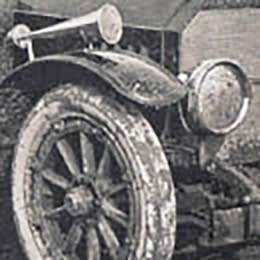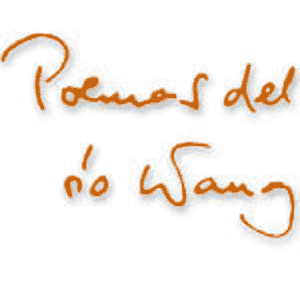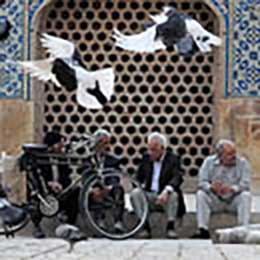

Dmitri Kessel (1902-1995) was born in the Ukraine, in a Jewish landowner’s family. He received his first camera when he was 14 years old: according to his autobiography, this was broken over his head by a Bolshevik soldier when the property of the family was confiscated. In 1923 he fled to America where, after ten years spent with various casual jobs, in 1934 he enrolled on a course in the school of photography. It was a fortunate moment for a beginner: the coming of the new miniature 35mm Leica camera, which enabled photographers to work quickly and unobtrusively in the most difficult situations, contributed to the emergence of the great American picture magazines Life and Fortune, which provided a perfect platform for the first great generation of young photojournalists. Kessel photographed for sixty years all over the world almost exclusively for Life, of which he was also a war correspondent during WWII.

A few pieces of this Beijing series were published in the 29 April 1946 edition of Life, but most of them first became available in the Google-Life photo database. In these images we still see the single-story hutong city, with few passers, almost without a vehicle; the Forbidden City is already a museum, but every since then demolished city walls and gates are still standing; on the facade of the imperial palace there is hanging Chiang Kai-shek’s portrait instead of Mao’s; and the most recent structure we see is the late 19th-century railway station and the train tracks at the foot of the old city walls. As if we were walking in the scenery of a wuxia movie: with the difference that here everything is still real. The photos were mainly taken on the Tian’anmen and in the Forbidden City, in the imperial park of the North Lake and at the Heavenly Temple, and whoever has been to Beijing will easily recognize most of them. Nevertheless, because the great changes the theme and location of many photos are difficult to define: on this are now working the readers of the Chinese tieku.org forum. We will also use their definitions to the reconstruction of old Beijing, where we will link these and several other vintage photos to the map of the old city.





























































































Add comment